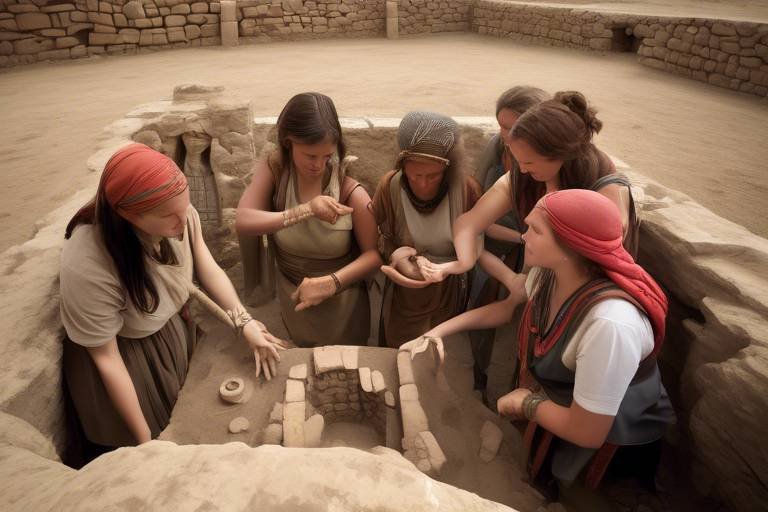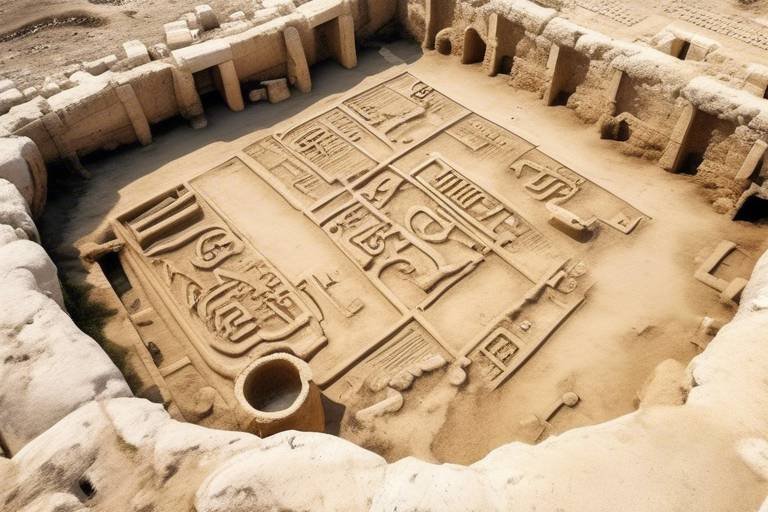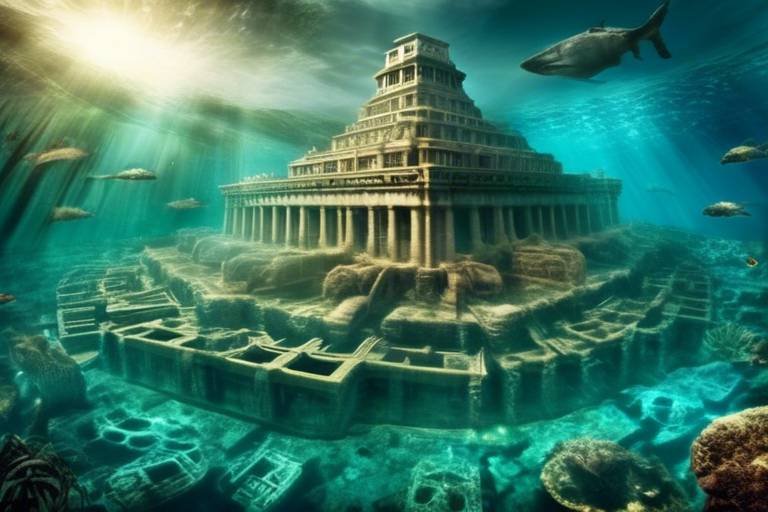How Archaeologist Hiram Bingham Rediscovered Machu Picchu
Imagine embarking on a journey filled with mystery and intrigue, where every step taken could lead to an astonishing discovery that would change the course of history. This was the reality for archaeologist Hiram Bingham in 1911 when he stumbled upon the hidden gem of Machu Picchu, an ancient Incan citadel nestled high in the Andes Mountains of Peru. The story of how Bingham unearthed this architectural marvel is a tale of adventure, perseverance, and sheer luck, painting a vivid picture of a moment that would forever alter the landscape of archaeology.
As Hiram Bingham set foot in the rugged terrain of Peru, little did he know that his quest for the lost city of the Incas would lead him to one of the most significant archaeological finds of the 20th century. Armed with determination and a thirst for exploration, Bingham followed the footsteps of the ancient Incas, guided by local farmers who whispered tales of a hidden citadel shrouded in mystery and myth.
With each passing day, Bingham's excitement grew as he uncovered clues and traces of a civilization long forgotten by time. The anticipation reached its peak when, on a fateful day in July, the dense jungle foliage parted to reveal the majestic terraces and stone structures of Machu Picchu, standing in all its glory against the backdrop of the towering mountains. The sheer magnitude of the discovery left Bingham awe-struck, realizing that he had stumbled upon a treasure trove of history and heritage.
Through meticulous excavation and study, Bingham and his team unveiled the architectural wonders and historical mysteries of Machu Picchu, piecing together the puzzle of its purpose and significance in Incan civilization. The intricate stonework, the strategic layout of the buildings, and the celestial alignment of the structures all pointed towards a highly advanced society that thrived in harmony with nature.
Today, Machu Picchu stands as a testament to the ingenuity and creativity of the Incan people, drawing visitors from all corners of the globe to marvel at its beauty and grandeur. The site's allure lies not only in its architectural splendor but also in the aura of mystery that surrounds its origins, inviting endless speculation and fascination.
As we reflect on the journey of Hiram Bingham and the rediscovery of Machu Picchu, we are reminded of the power of exploration and the thrill of unraveling the secrets of the past. The legacy of this extraordinary find continues to inspire generations of archaeologists, historians, and adventurers to seek out the hidden wonders that lie buried beneath the sands of time.
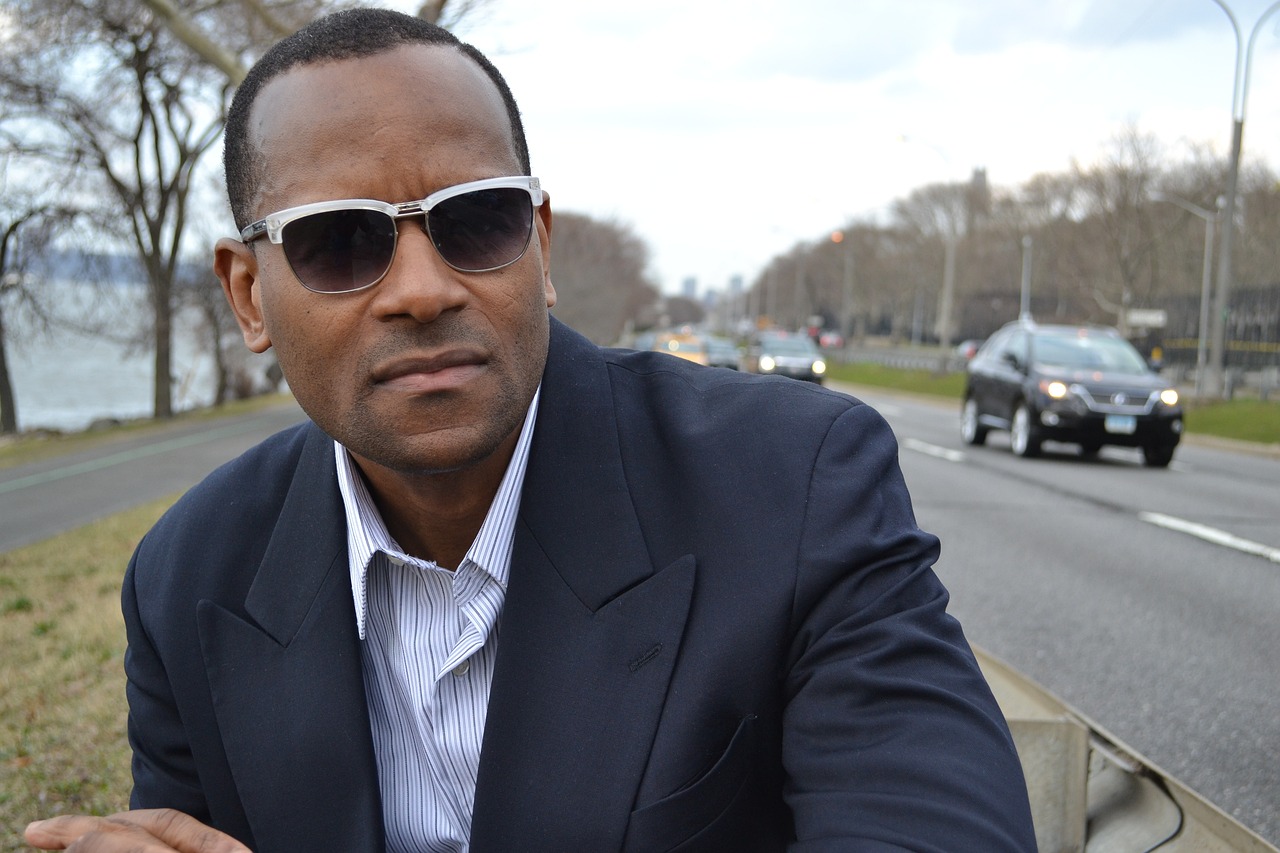
The Life of Hiram Bingham
The Life of Hiram Bingham
Hiram Bingham, an American explorer and academic, led a remarkable life filled with adventures and discoveries that left a lasting impact on the world of archaeology. Born in 1875 in Hawaii to missionary parents, Bingham developed a passion for exploration and history from a young age. His fascination with ancient civilizations led him to study Latin American history and culture, setting the stage for his groundbreaking expeditions in Peru.
After completing his education at Yale University and obtaining a Ph.D. in Latin American history, Bingham embarked on a series of expeditions to South America, where he became captivated by the mysteries of the Incan Empire. His relentless pursuit of archaeological treasures and lost cities eventually led him to the remote Andean region of Peru, where he would make his most famous discovery.
It was during his search for Vilcabamba, the last stronghold of the Incas, that Bingham stumbled upon the hidden ruins of Machu Picchu in 1911. The stunning beauty and historical significance of the site captured his imagination and catapulted him to international fame as the man who rediscovered one of the greatest archaeological wonders of the world.
Throughout his life, Hiram Bingham continued to explore and document the ancient civilizations of South America, leaving behind a legacy of discovery and scholarship that continues to inspire archaeologists and adventurers to this day.
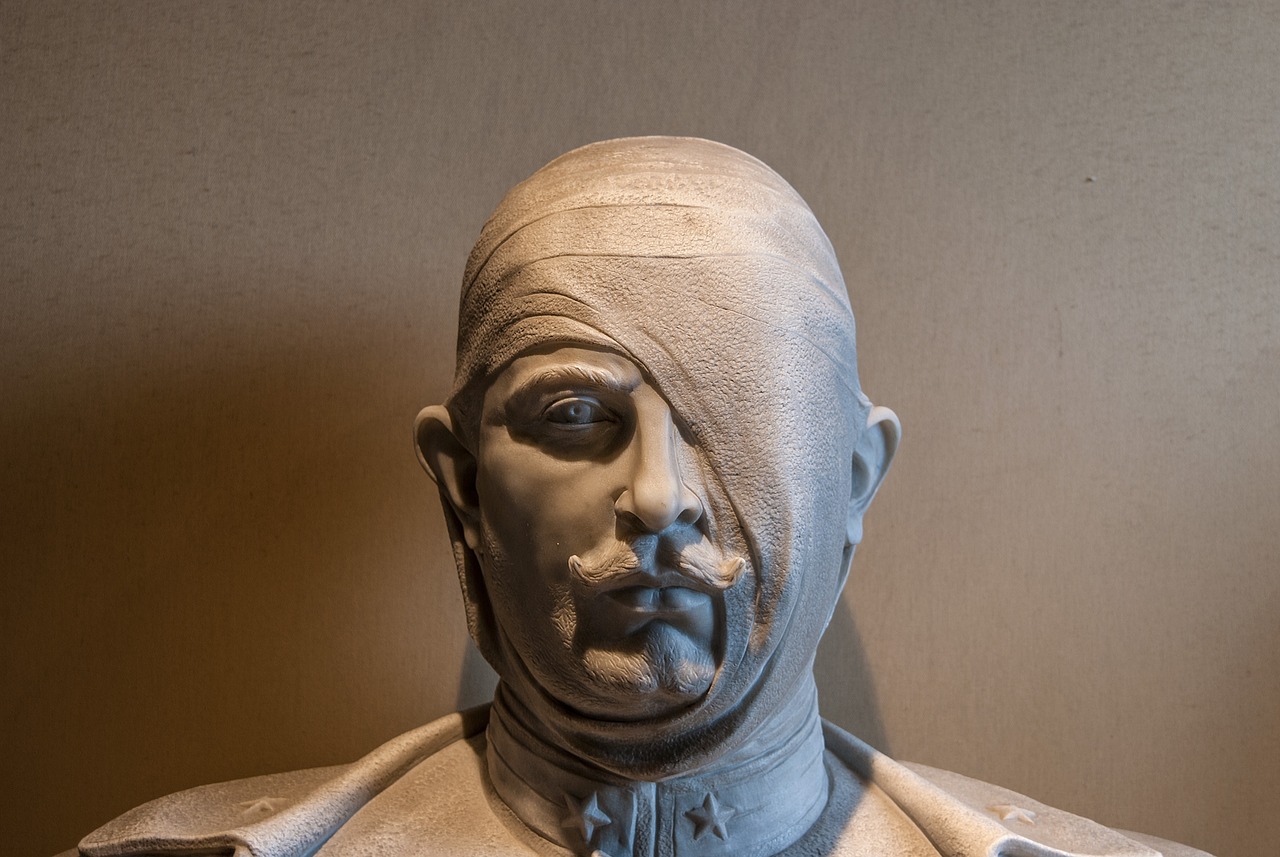
Search for the Lost City
This article explores the fascinating story of how archaeologist Hiram Bingham stumbled upon the ancient Incan citadel of Machu Picchu in 1911, shedding light on its history and significance in the world of archaeology.
Discover the background and journey of Hiram Bingham, from his early life to his expeditions in Peru and the momentous discovery of Machu Picchu, shaping his legacy in the field of archaeology.
Hiram Bingham's quest to find the lost city of the Incas was no easy feat. Facing rugged terrain, dense vegetation, and the mysteries of the Andean mountains, Bingham embarked on a journey filled with challenges and uncertainties. With determination as his compass, he navigated through the unknown, driven by the allure of uncovering a hidden treasure that had eluded explorers for centuries.
As Hiram Bingham and his team excavated the overgrown ruins of Machu Picchu, a world of architectural marvels and historical enigmas unfolded before their eyes. The intricate stonework, terraced landscapes, and celestial alignments hinted at a sophisticated Incan civilization that had once thrived in the heart of the Andes. Each discovery brought them closer to unraveling the secrets and significance of this ancient citadel.
The revelation of Machu Picchu by Hiram Bingham reverberated across the realms of archaeology, tourism, and Peruvian heritage. The site's recognition as a UNESCO World Heritage site marked a turning point in its preservation and global acclaim, cementing its status as a cultural treasure that transcends time and borders.
Today, Machu Picchu stands as a beacon of history and beauty, drawing inquisitive minds and adventurous souls from all corners of the globe. Its mystical aura and breathtaking vistas continue to captivate visitors, offering a glimpse into the ancient past and a connection to the enduring legacy of the Incas.
While Hiram Bingham's discovery brought Machu Picchu into the limelight, it also stirred debates and disputes within the archaeological community. Questions regarding Bingham's excavation methods, interpretations of the site, and handling of artifacts have sparked controversies that linger to this day, challenging our perceptions of the past.
The exploration of Machu Picchu is an ongoing saga of discovery and revelation, as modern scholars delve deeper into its mysteries. Through advanced technologies and interdisciplinary collaborations, new insights are unearthed, shedding light on the complexities of Incan society and the enduring legacy of this ancient citadel.
As the footprints of tourists echo through the corridors of Machu Picchu, the call for conservation and sustainability grows louder. Efforts to protect the site's cultural and natural heritage are paramount, ensuring that future generations can marvel at its wonders while respecting the delicate balance between preservation and exploration.
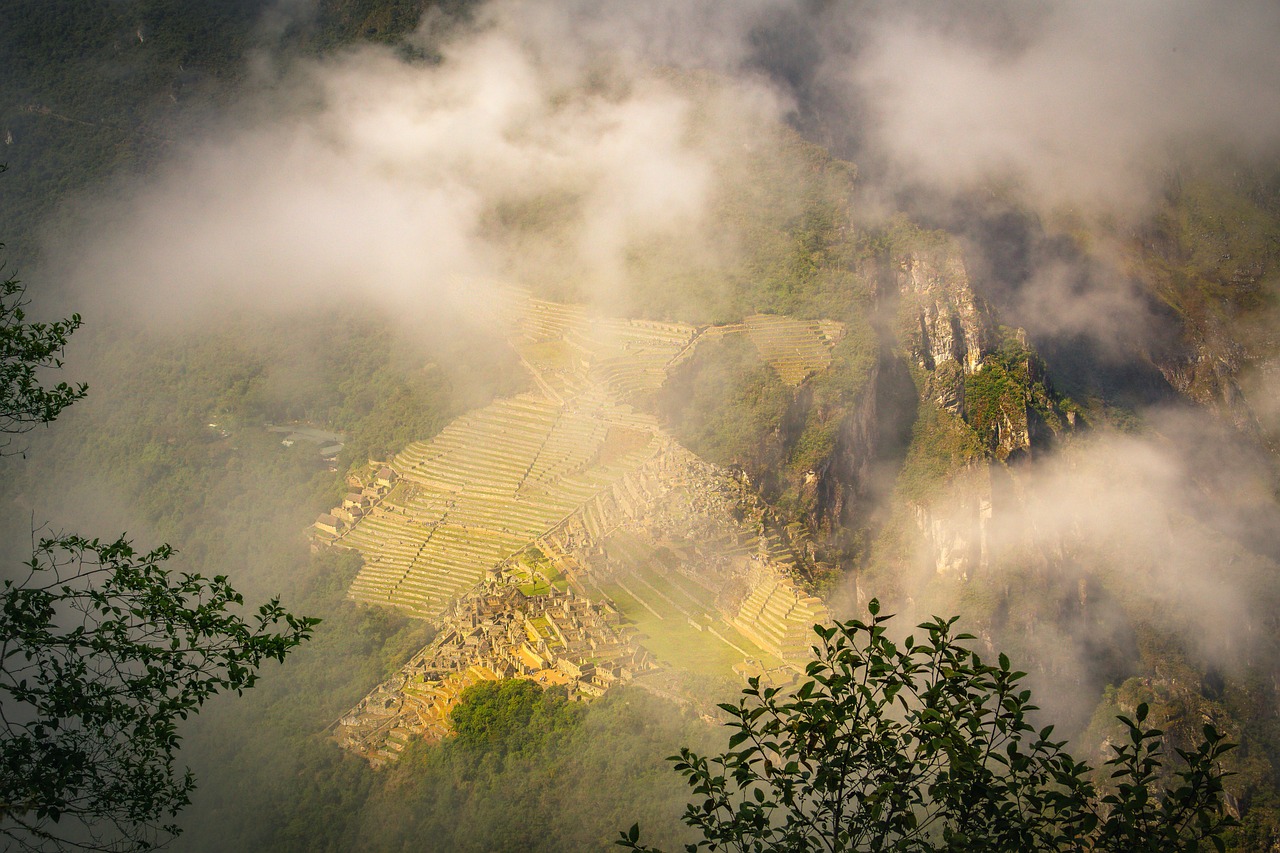
Unveiling Machu Picchu's Mysteries
As Hiram Bingham and his team embarked on the excavation of Machu Picchu, they were met with a plethora of architectural wonders and historical enigmas waiting to be unraveled. The intricate stone structures, terraces cascading down the mountainside, and the strategic layout of the citadel all posed questions about the purpose and significance of this ancient Incan site. Through meticulous study and analysis, Bingham shed light on the advanced engineering and astronomical alignment of Machu Picchu, hinting at its possible ceremonial and religious functions.
One of the most intriguing mysteries surrounding Machu Picchu is its abandonment and the reasons behind it. The sudden disappearance of the Incan population from the citadel has sparked theories ranging from environmental disasters to political upheaval. The presence of intricate water management systems and agricultural terraces further deepens the mystery, raising questions about the sustainability of life within the citadel and the possible factors that led to its eventual abandonment.
Moreover, the discovery of various artifacts, including pottery, tools, and skeletal remains, has provided valuable insights into the daily life and cultural practices of the Incan people who once inhabited Machu Picchu. These artifacts serve as windows into the past, offering glimpses of the rituals, traditions, and societal structures that shaped the civilization thriving within the walls of the citadel.
Through ongoing research and analysis, archaeologists continue to unveil the mysteries of Machu Picchu, piecing together fragments of its past to reconstruct the intricate tapestry of Incan civilization. Each discovery brings us closer to understanding the significance of this enigmatic site and the legacy it holds within the annals of history.
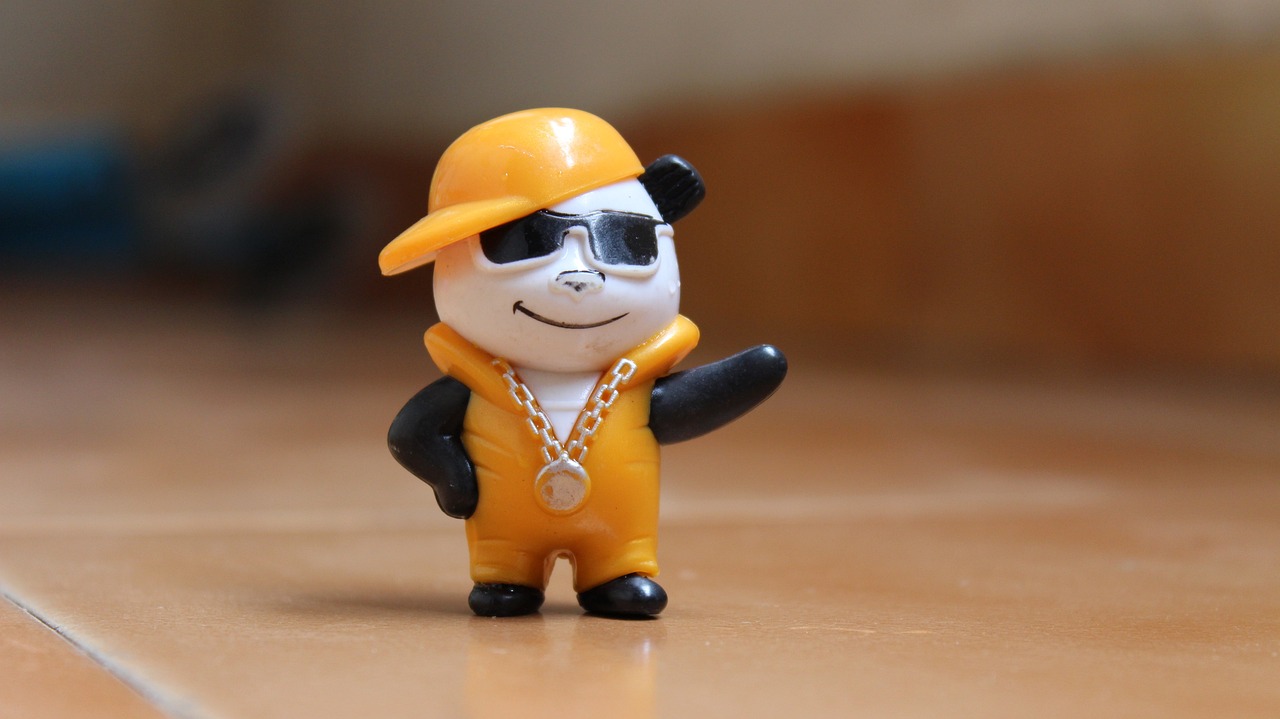
Legacy of the Discovery
After Hiram Bingham's monumental discovery of Machu Picchu in 1911, the legacy of this incredible find reverberated across the fields of archaeology, tourism, and Peruvian heritage. The unearthing of this ancient Incan citadel not only shed light on a lost civilization but also transformed the way we perceive history and cultural heritage.
One of the most significant impacts of Bingham's discovery was the global recognition of Machu Picchu as a UNESCO World Heritage site in 1983. This prestigious designation not only acknowledged the site's historical importance but also ensured its preservation for future generations. Machu Picchu's inclusion on this list of protected sites elevated its status as a cultural treasure of humanity.
Furthermore, Hiram Bingham's exploration of Machu Picchu sparked a surge in tourism to the region, with visitors from around the world flocking to witness this architectural marvel firsthand. The site's popularity as a tourist destination not only bolstered Peru's economy but also raised awareness about the need to balance conservation efforts with sustainable tourism practices.
The discovery of Machu Picchu also had a profound impact on the field of archaeology, inspiring new generations of researchers to delve into the mysteries of the past. Bingham's meticulous excavation and documentation of the site set a standard for archaeological practices, paving the way for future studies and discoveries in the region.
Despite the controversies and criticisms surrounding Bingham's methods and interpretations, his legacy as the rediscoverer of Machu Picchu remains indisputable. The site continues to captivate the imagination of people worldwide, serving as a testament to the ingenuity and craftsmanship of the Incan civilization.
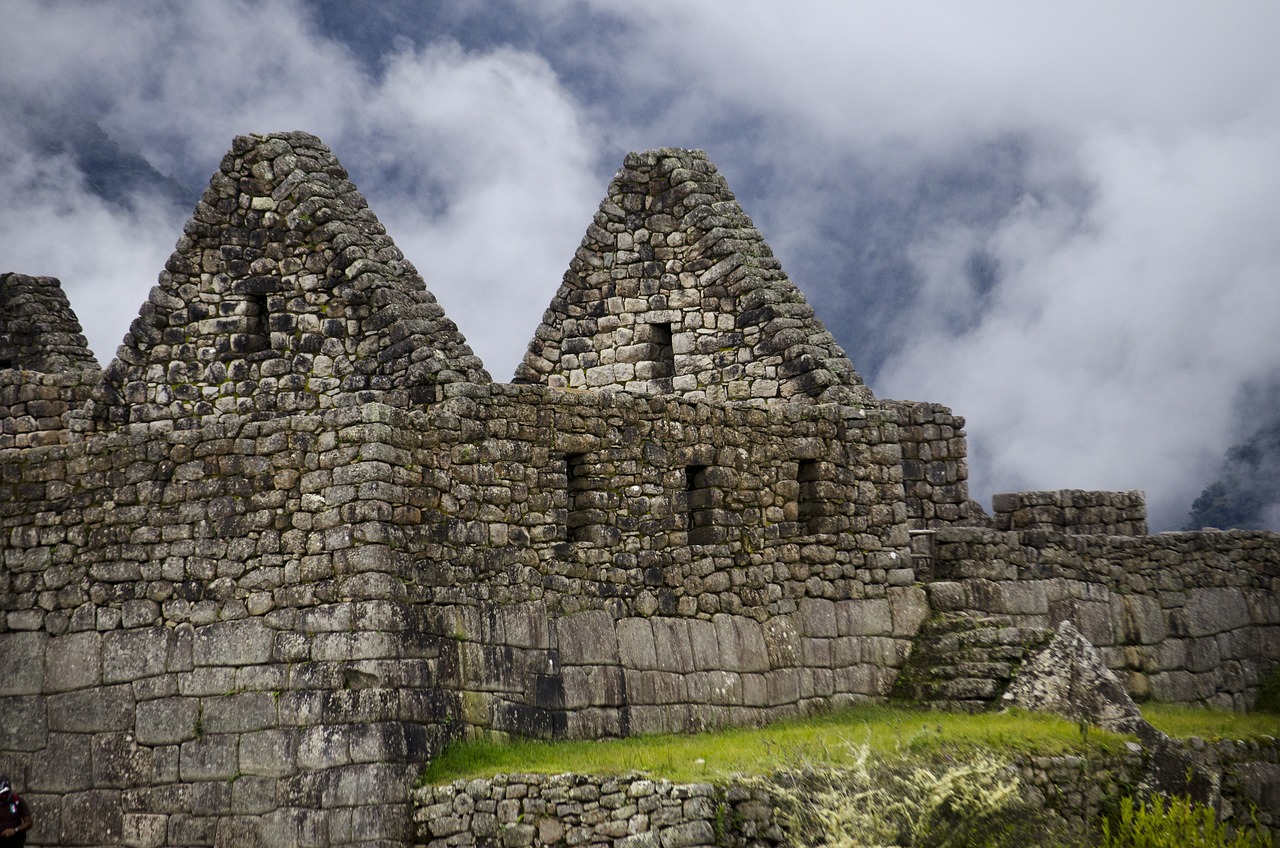
Machu Picchu Today
Machu Picchu, nestled high in the Andes Mountains of Peru, stands today as a testament to the ingenuity and architectural prowess of the ancient Incas. This iconic archaeological site continues to captivate visitors from all corners of the globe, drawing in history enthusiasts, adventure seekers, and curious travelers alike.
As one of the most visited tourist destinations in South America, Machu Picchu offers a blend of natural beauty and historical intrigue that is hard to match. The awe-inspiring panoramic views of the surrounding mountains and valleys, coupled with the intricate stone structures of the citadel, create a truly mesmerizing experience for all who set foot on its ancient grounds.
Visitors to Machu Picchu today have the opportunity to explore the various sectors of the site, including the agricultural terraces, residential areas, and religious precincts that showcase the advanced urban planning and engineering skills of the Incan civilization. Guided tours provide insights into the cultural significance of different structures, shedding light on the daily life and rituals of the ancient inhabitants.
Furthermore, the allure of Machu Picchu extends beyond its archaeological wonders. The surrounding region offers a wealth of outdoor activities, from hiking the famous Inca Trail to exploring the lush cloud forests and diverse flora and fauna of the area. This combination of history, adventure, and natural beauty makes Machu Picchu a truly unique destination that leaves a lasting impression on all who visit.
In recent years, efforts have been made to manage the impact of tourism on Machu Picchu and ensure its long-term preservation. Sustainable practices, visitor limits, and conservation initiatives aim to protect the site's fragile ecosystem and cultural heritage for future generations to enjoy. By striking a balance between tourism and conservation, Machu Picchu continues to inspire and educate visitors while safeguarding its legacy for years to come.
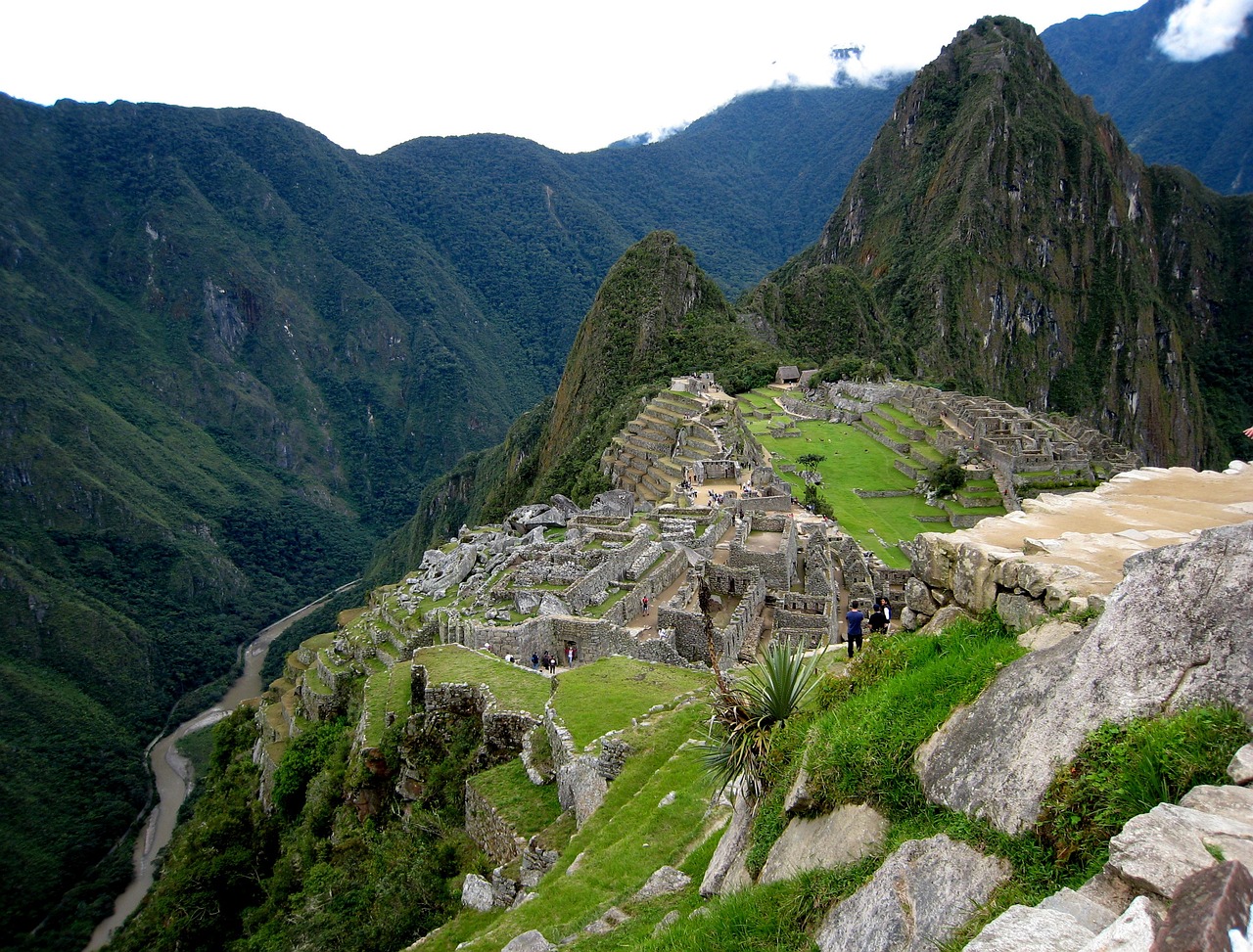
Controversies and Criticisms
When it comes to the discovery of Machu Picchu by Hiram Bingham, controversies and criticisms have not been uncommon. One of the main points of contention revolves around Bingham's excavation methods and the removal of artifacts from the site. Some critics argue that the way in which he conducted the excavation was not in line with modern archaeological practices, leading to potential damage to the historical integrity of Machu Picchu.
Furthermore, there have been debates regarding Bingham's role in the discovery itself. While he is credited with bringing Machu Picchu to international attention, some argue that he may not have been the first to actually discover the site. There are claims that indigenous people or earlier explorers might have already known about the existence of Machu Picchu before Bingham's arrival.
In addition to these controversies, there are also criticisms surrounding Bingham's interpretations of Machu Picchu. Some scholars argue that his views on the purpose and function of the site may have been influenced by his own background and biases, potentially leading to misconceptions about the true nature of the ancient citadel.
Despite these controversies and criticisms, there is no denying the significance of Hiram Bingham's discovery of Machu Picchu. While the debates continue to spark academic discussions, the legacy of the site and its importance in the world of archaeology remain undisputed.

Further Exploration and Research
As the allure of Machu Picchu continues to captivate the world, ongoing efforts in exploration and research aim to unearth new insights and unravel the mysteries surrounding this ancient Incan citadel. Archaeologists and scholars are delving deeper into the site, utilizing advanced technologies and methodologies to gain a more comprehensive understanding of Machu Picchu's history and significance.
Excavations at Machu Picchu have revealed intricate details about the architectural design, urban planning, and cultural practices of the Incan civilization. Through meticulous analysis of artifacts and structures, researchers are piecing together the puzzle of how this remarkable city functioned and thrived atop the Andean mountains.
Furthermore, interdisciplinary studies are shedding light on the environmental impact of human occupation at Machu Picchu, exploring the sustainable practices employed by the Incas to coexist harmoniously with their natural surroundings. By combining archaeological findings with ecological data, experts are painting a more holistic picture of life at this UNESCO World Heritage site.
Modern technologies such as LiDAR scanning and 3D modeling are revolutionizing the way we perceive and study Machu Picchu, offering new perspectives on its layout and construction. These tools enable researchers to map the site in unprecedented detail, uncovering hidden structures and gaining insights into the Incan society's organization and daily life.
Collaborative research projects involving international teams are fostering a global exchange of knowledge and expertise, pushing the boundaries of archaeological exploration at Machu Picchu. By pooling resources and sharing findings, scientists are pushing the frontiers of discovery and enriching our understanding of this enigmatic wonder of the ancient world.
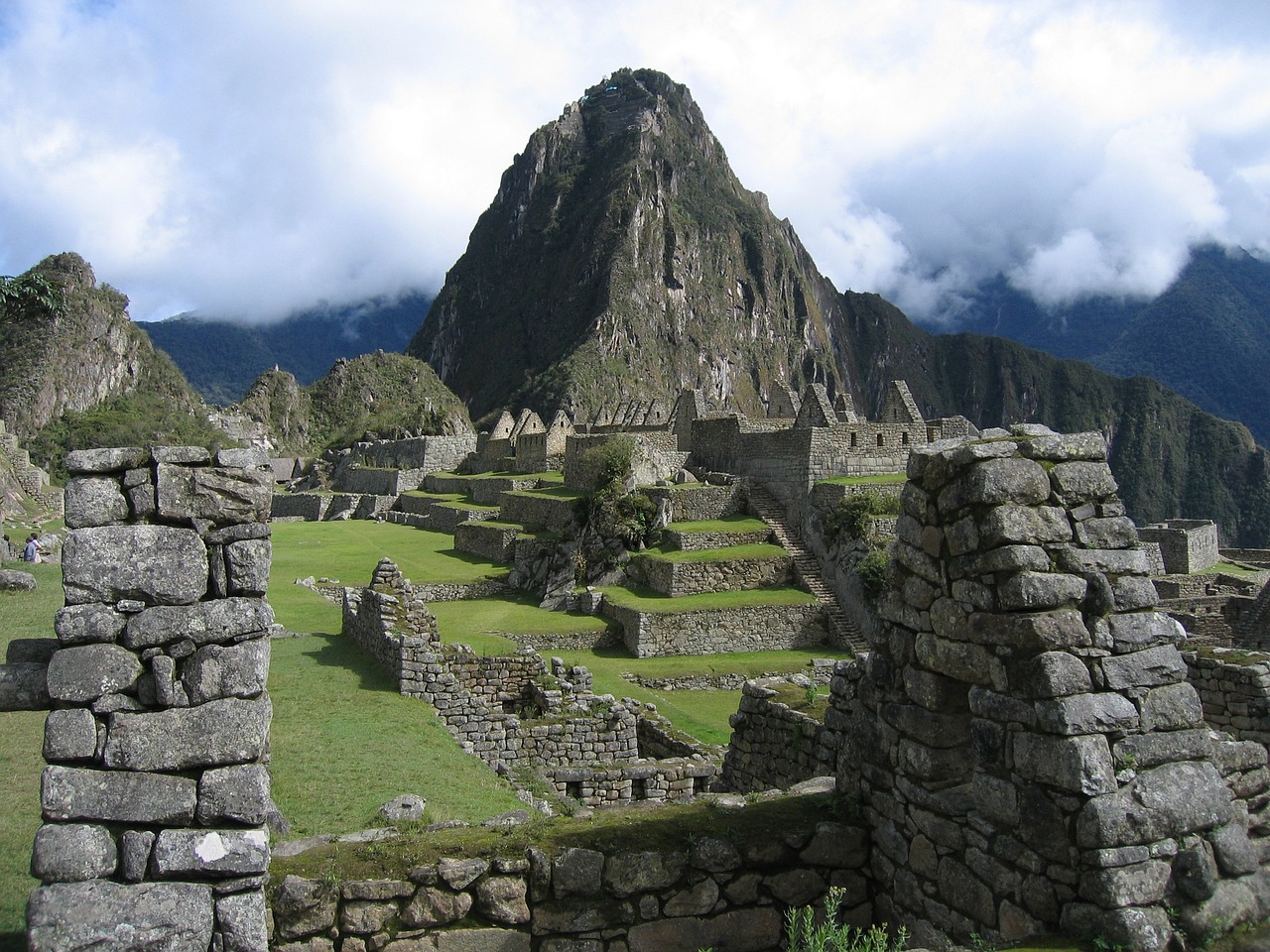
Preserving Machu Picchu's Heritage
Preserving Machu Picchu's heritage is a crucial endeavor that involves balancing the site's cultural significance with the impact of tourism. Conservation efforts at Machu Picchu aim to protect the ancient structures, terraces, and artifacts from deterioration due to environmental factors and visitor activity. By implementing sustainable practices and regulations, authorities strive to maintain the integrity of the site for future generations to appreciate.
One of the key challenges in preserving Machu Picchu's heritage is managing the influx of tourists while ensuring minimal disturbance to the delicate ecosystem and historical remains. Strategies such as visitor quotas, designated walking paths, and educational programs have been implemented to mitigate the impact of foot traffic and prevent erosion of the site's structures.
Furthermore, ongoing research and monitoring play a vital role in understanding the threats facing Machu Picchu and devising effective conservation strategies. Archaeologists and conservationists collaborate to study the site's vulnerabilities, develop preservation plans, and implement measures to safeguard its unique cultural and natural heritage.
Collaboration with local communities and indigenous groups is also essential in the preservation of Machu Picchu's heritage. By involving stakeholders in decision-making processes and promoting sustainable tourism practices, efforts to protect the site can be more inclusive and effective in the long term.
Ultimately, the preservation of Machu Picchu's heritage requires a delicate balance between conservation, research, education, and community engagement. By prioritizing the site's cultural and environmental value, we can ensure that this iconic landmark continues to inspire awe and admiration for generations to come.
Frequently Asked Questions
- What is the significance of Machu Picchu?
Machu Picchu is a renowned archaeological site that holds great historical and cultural importance. It is considered one of the most iconic and well-preserved remnants of the Incan civilization, showcasing advanced architectural and engineering skills.
- How did Hiram Bingham discover Machu Picchu?
Hiram Bingham rediscovered Machu Picchu in 1911 during his expedition in Peru. While searching for the lost city of Vilcabamba, he was led to the hidden ruins of Machu Picchu by a local farmer, ultimately unveiling this ancient marvel to the world.
- What controversies surround Hiram Bingham's discovery?
There have been debates regarding Bingham's excavation methods and interpretations of Machu Picchu. Some critics argue that he may have removed artifacts without proper documentation, impacting the site's historical integrity.
- Why is Machu Picchu a popular tourist destination?
Machu Picchu's breathtaking landscape, intricate stone structures, and enigmatic history attract millions of visitors annually. It offers a unique blend of natural beauty and archaeological significance, making it a must-visit destination for travelers worldwide.




